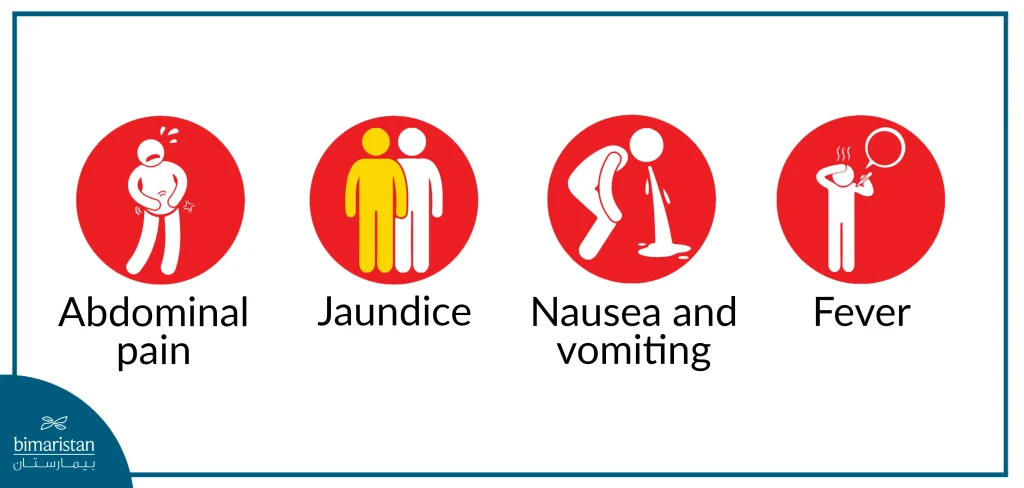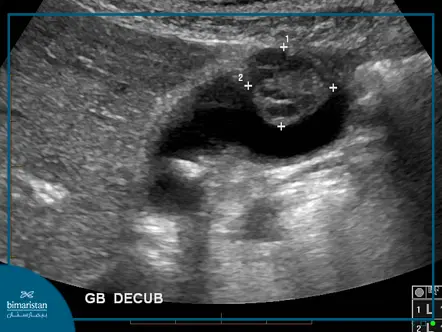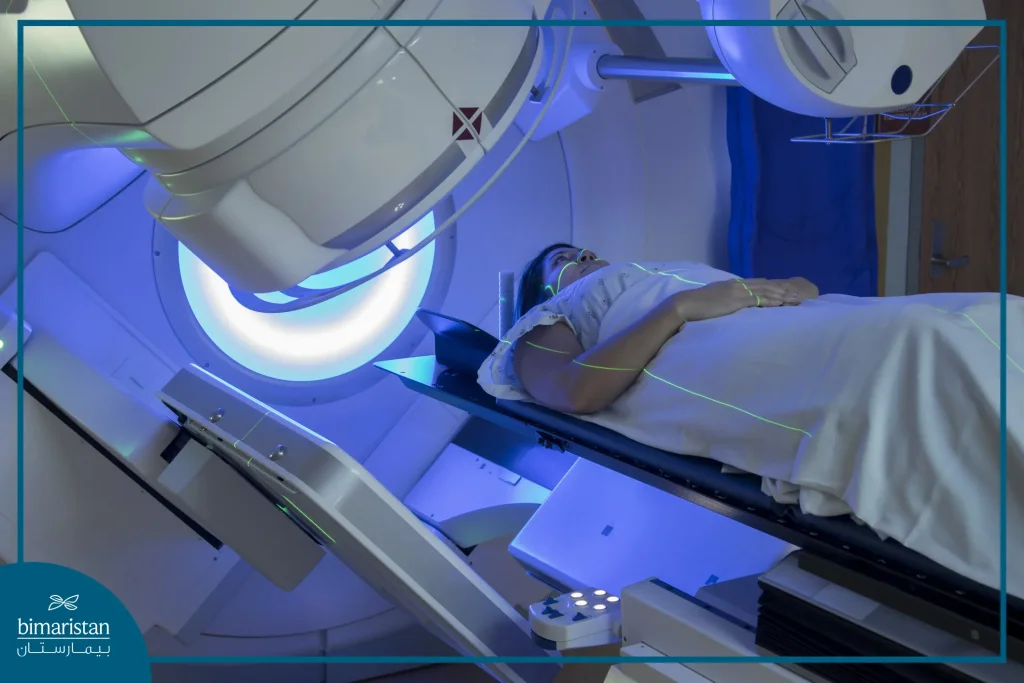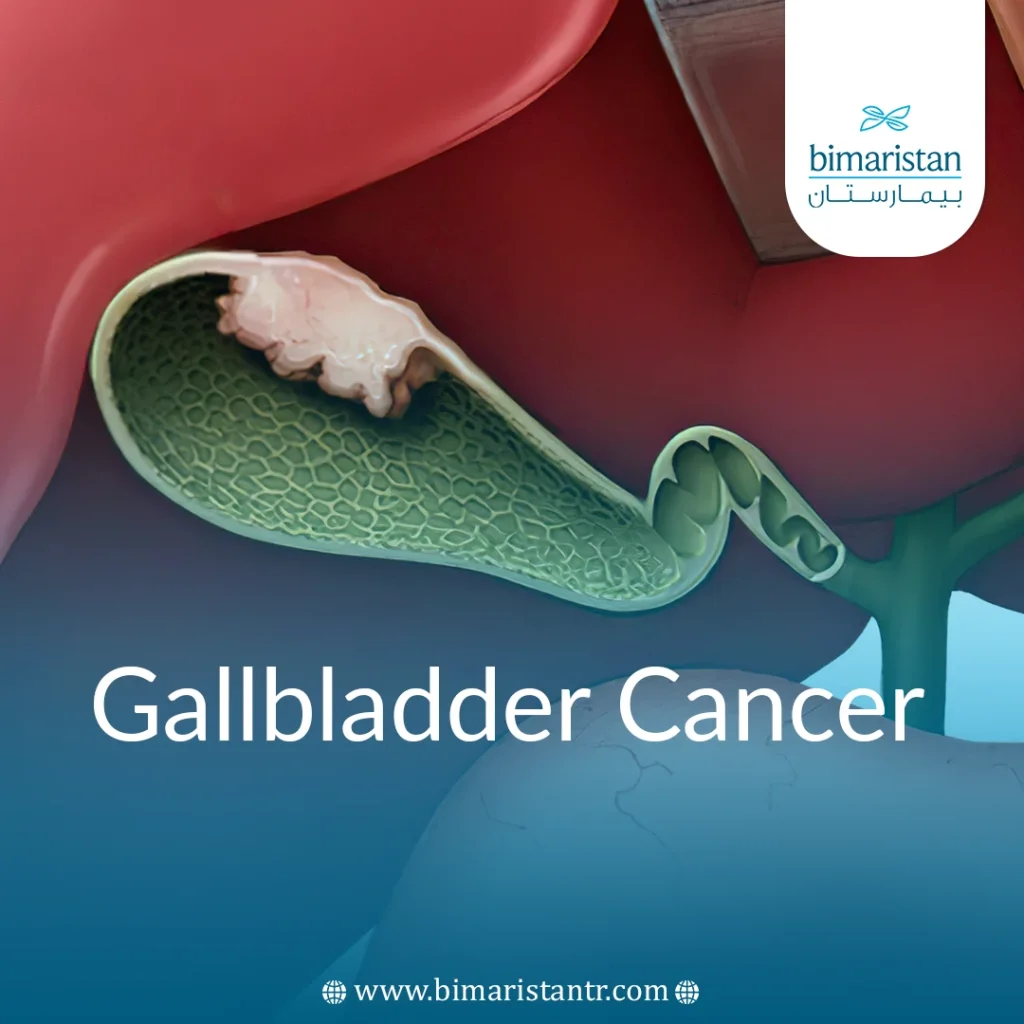Gallbladder cancer is a malignant tumor that often affects women in their seventh decade of life. Hence, its importance lies in the fact that it is dangerous and rarely detected in its early stages.
The majority of gallbladder tumors are adenocarcinomas (arising from the glandular cells inside the gallbladder); squamous cell carcinoma also occurs but in a small percentage.
In practice, it is difficult to differentiate benign gallbladder cancer from chronic cholecystitis; the most common tumors that are confused with inflammation are invasive ductal carcinoma and nodular carcinoma, which is accompanied by thickening of the entire gallbladder wall.
Causes of gallbladder cancer
Several factors can cause cancer of the gallbladder, but the main reason for the development of this type of cancer is not clear. Here are some possible factors and causes of gallbladder tumors:
- Gallstones and chronic inflammation of the gallbladder
- Disorders in the drainage of bile from the gallbladder to the intestine
- Genetic factors may play an important role in some people in the formation of gallbladder cancer
- Primary biliary tract sclerosis
- Use of contraceptive drugs (containing female hormones) in women, especially after menopause, to replace these hormones
- High fat in the diet and lack of vitamin C and fiber may be associated with an increased risk of gallbladder tumors.
- Smoking and exposure to harmful chemicals
- Gallbladder tumors are common in women over the age of fifty
Symptoms of gallbladder cancer
Gallbladder cancer is a rare type of cancer, and its symptoms may not appear in the early stages, but as the disease progresses, symptoms of gallbladder tumors may include the following:
- Pain in the upper abdomen
- Unexplained weight loss
- Yellowing of the skin and eyes (jaundice)
- Itching of the skin due to the accumulation of bile
- The bright color of the stool
- The dark color of the urine
- Nausea, Vomiting, high temperature in some cases

Gallbladder Cancer Stages
Gallbladder cancer is classified into several stages depending on the extent of the tumor spread in the body. The common system for staging cancer is based on the TNM system, which takes into account the size of the tumor (T), the spread of the tumor to the lymph nodes (N), and the spread of the tumor to distant sites in the body (M).
The main stages of gallbladder cancer are:
- Stage zero (Tis): The tumor is still in the surface layer of the gallbladder and has not grown into other tissues.
- Stage I (T1): The tumor has grown and penetrated the gallbladder’s muscle layer but is still confined to its wall.
- Stage II (T2): The tumor has spread to the connective tissue around the muscle layer.
- Stage III (T3): The tumor has exceeded the serous layer and spread to the liver or one of the neighboring organs.
- Stage IV (T4): The tumor has penetrated the main portal vein or hepatic artery or has spread to at least two neighboring organs, such as the liver, stomach, duodenum, pancreas, colon, and abdominal wall.
- Stage V (T5): If the tumor has metastasized to distant organs.
The stages of gallbladder cancer play an important role in determining treatment options and prognosis. Doctors and specialized healthcare teams work together to provide a comprehensive evaluation and treatment plan appropriate for each individual’s condition.
Diagnosis of gallbladder cancer
Laboratory tests are not diagnostic of gallbladder cancer, but they may be consistent with biliary obstruction, such as high bilirubin in the blood; we may find the following:
- Anemia
- Elevated white blood cells
- Mildly elevated transaminase enzymes (ALT, AST)
- Increased inflammatory markers such as erythrocyte sedimentation rate (ESR), C-reactive protein (CRP)
- Elevated tumor marker CA19-9 in about 80% of patients
Diagnosis of gallbladder cancer includes several procedures and tests to determine the type and stage of the tumor. Here are some steps that doctors can take to diagnose:
- Ultrasound imaging is used to examine the structure of the gallbladder and detect any changes in it.
- Computed tomography (CT) scan helps determine the size and location of the tumor and assess its spread.
- Magnetic resonance imaging (MRI) can be useful in assessing the structure of the liver, gallbladder, and surrounding tissues.
- Magnetic resonance cholangiopancreatography (MRCP).
- Retrograde cholangiopancreatography (ERCP) is a flexible tube with a small camera inserted through the mouth into the first part of the duodenum.
- A percutaneous biopsy is often performed under radiological guidance to obtain tissue for pathological examination under a microscope. The biopsy confirms the presence of the tumor, distinguishes between benign and malignant gallbladder tumors, and provides information about their grade.
- In selected cases, laparoscopy can reveal liver or peritoneal metastases (surrounding the abdominal viscera). Positron emission tomography (PET) scan also plays a role in detecting these metastases.

Gallbladder Cancer Treatment
The treatment plan for gallbladder cancer depends on several factors, including the type of tumor, its stage of spread, and the patient’s general condition. Here are some treatment options that doctors may suggest:
Local treatment of gallbladder tumors
It aims to remove and destroy cancer cells in a specific area of the body and not others, including:
- Cholecystectomy: The main treatment is surgery if the tumor is in an early stage and can be removed. We may resort to removing the gallbladder only (simple cholecystectomy) or removing the gallbladder and liver partially or extensively and the bile duct with local lymph node dissection (radical cholecystectomy).
- Radiation therapy: It destroys cancer cells or reduces the size of the tumor before or after surgery, in addition to relieving the symptoms of advanced cancer.

Systemic (chemo) treatment of gallbladder cancer
Chemotherapy aims to reduce the chance of cancer cells spreading to other parts of the body or even to kill these cells if they spread outside the gallbladder. To achieve a better result, chemotherapy is usually combined with surgery or radiotherapy.
Continue reading to learn more about chemotherapy in Turkey.
Palliative (symptomatic) treatment of gallbladder cancer
It helps relieve the problems caused by cancer but does not treat the cancer itself. This includes things like surgery or stents (endoscopic or transcutaneous) to open blocked ducts and drain bile.
Gallbladder cancer cure rate
Gallbladder cancer is very rare, accounting for less than 1% of cancers discovered in the seventh and eighth decades. Still, the cure rate for gallbladder cancer depends on several factors, including the stage of the tumor, the extent of its spread, and how the tumor responds to treatment. It is important to understand that complete recovery usually means no signs of the disease for a very long time, and this can vary from person to person.
When gallbladder cancer is detected in its early stages and can be completely removed surgically, the cure rate for gallbladder cancer is higher. In cases where the cancer has spread to other parts of the body, the prognosis may be lower, as the average life expectancy often does not exceed 6 months. However, positive responses can still be achieved with appropriate treatment plans.
In conclusion, gallbladder cancer remains a major medical challenge that requires early examination and accurate diagnosis to determine an effective treatment plan. In Turkey, advanced medical services and a specialized team in the Bimaristan Medical Center are key elements in treating gallbladder cancer.
Sources:
- BC Cancer
- Annals of Oncology
- American Cancer Society
